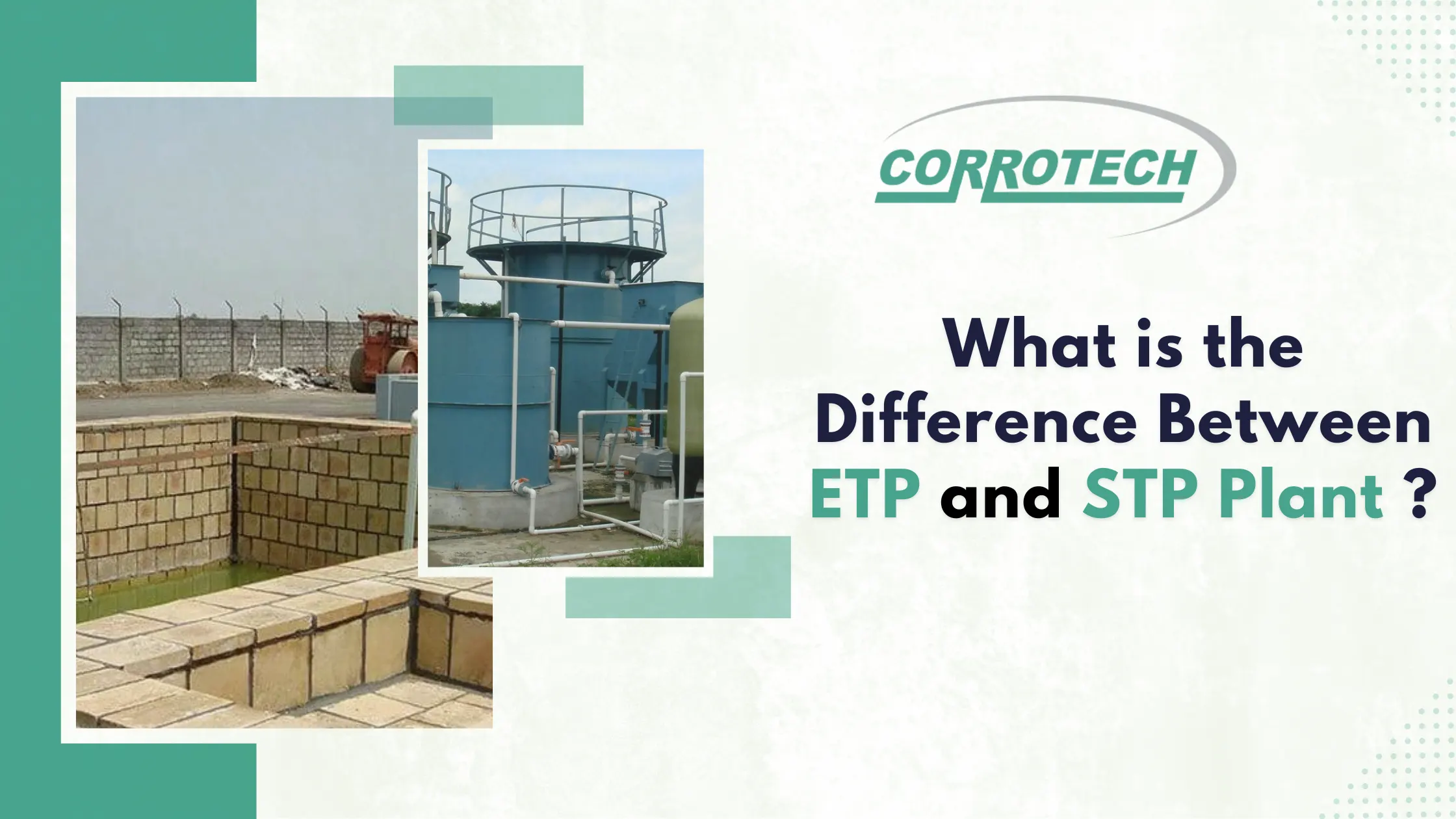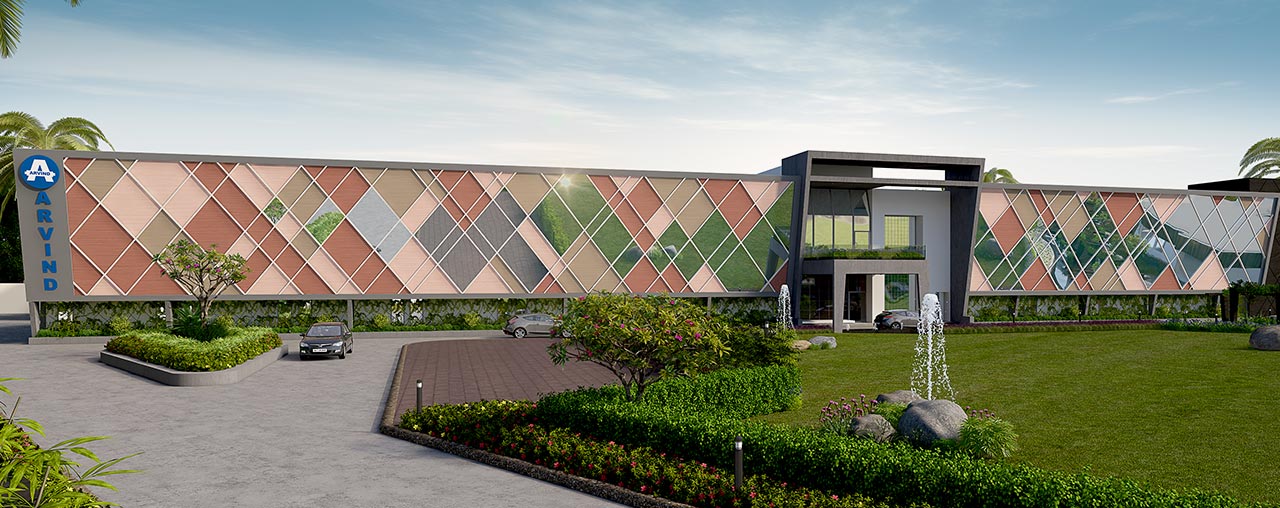- Blogs

ETP and STP are the two most important types of treatment systems utilized in the management of industrial and municipal wastewater. While they are both used for treating wastewater, they address different sources and follow different treatment approaches. Understanding their differences helps industries and municipalities make informed decisions about the right system for their needs. As one of the trustworthy ETP plant manufacturer, we provide proficient, reliable, and sustainable wastewater treatment solutions suited for various sectors. In this article, let’s take a deeper look at the differences between ETP and STP plants, working principles, applications, and cost factors.
Understanding ETP and STP Plants
ETP stands for Effluent Treatment Plant, which is basically designed to treat the industrial wastewater generated from various manufacturing processes. The purpose is to eliminate harmful chemicals, oils, heavy metals, and many other pollutants before disposing or reusing water.
In contrast, the STP is used for the treatment of domestic wastewater that consists mainly of organic matter, soap, and human waste discharged from residential buildings, offices, and institutions.
Although both of them work for the purpose of purifying wastewater, their mechanisms of treatment and applications vary considerably.
The operational principles of the ETP and STP differ due to different compositions of wastewater.
ETP Process: Screening, chemical neutralization, coagulation, flocculation, sedimentation, and biological treatment are the processes involved in the treatment. The aim is to remove industrial contaminants and toxic materials.
STP Process: Biological decomposition is mainly used in this process. The primary sedimentation, aeration, and secondary clarification degrade the organic material and clean the water.
In short, the treatment processes of ETP vs STP differ mainly in their approaches wherein ETP relies more on chemical treatment while STPs emphasize biological methods.
Applications of ETP and STP Plants :
ETP: Used in chemical, textile, pharmaceutical, food processing, and metal finishing industries.
STP: Installed in residential complexes, commercial offices, hotels, hospitals, and institutions.
Difference Between ETP and STP Plants
Aspect | ETP (Effluent Treatment Plant) | STP (Sewage Treatment Plant) |
Purpose | Treats industrial wastewater. | Treats domestic sewage water. |
Source | Industrial units and factories. | Homes, offices, and institutions. |
Waste Type | Chemical and toxic waste. | Organic and biodegradable waste. |
Process Type | Physical, chemical & biological. | Mostly biological treatment. |
Complexity | More complex due to varied waste. | Simpler and more uniform process. |
End Use | Water can be reused in industries. | Treated water used for gardening or flushing. |
Final Thoughts
Understanding the difference between an effluent treatment plant vs sewage treatment plant is important in order to choose the right system. Though both are concerned with environmental protection and reusing water, they serve a different purpose: ETPs deal with industrial waste, while STPs deal with sewage coming from households. With a trusted ETP plant manufacturer like Arvind Corrotech Ltd., one can be assured that a wastewater treatment system will be designed with precision, sustainability, and in conformance with the law.
Recent Posts
Brochure
View our 2019 financial prospectus brochure for an easy to read guide on all of the services offer.
DownloadLet's help you!
Quisque venenatis dolor nec eros elementum, non pulvinar lectus dictum. Sed sagittis felis …
Inquiry Now
